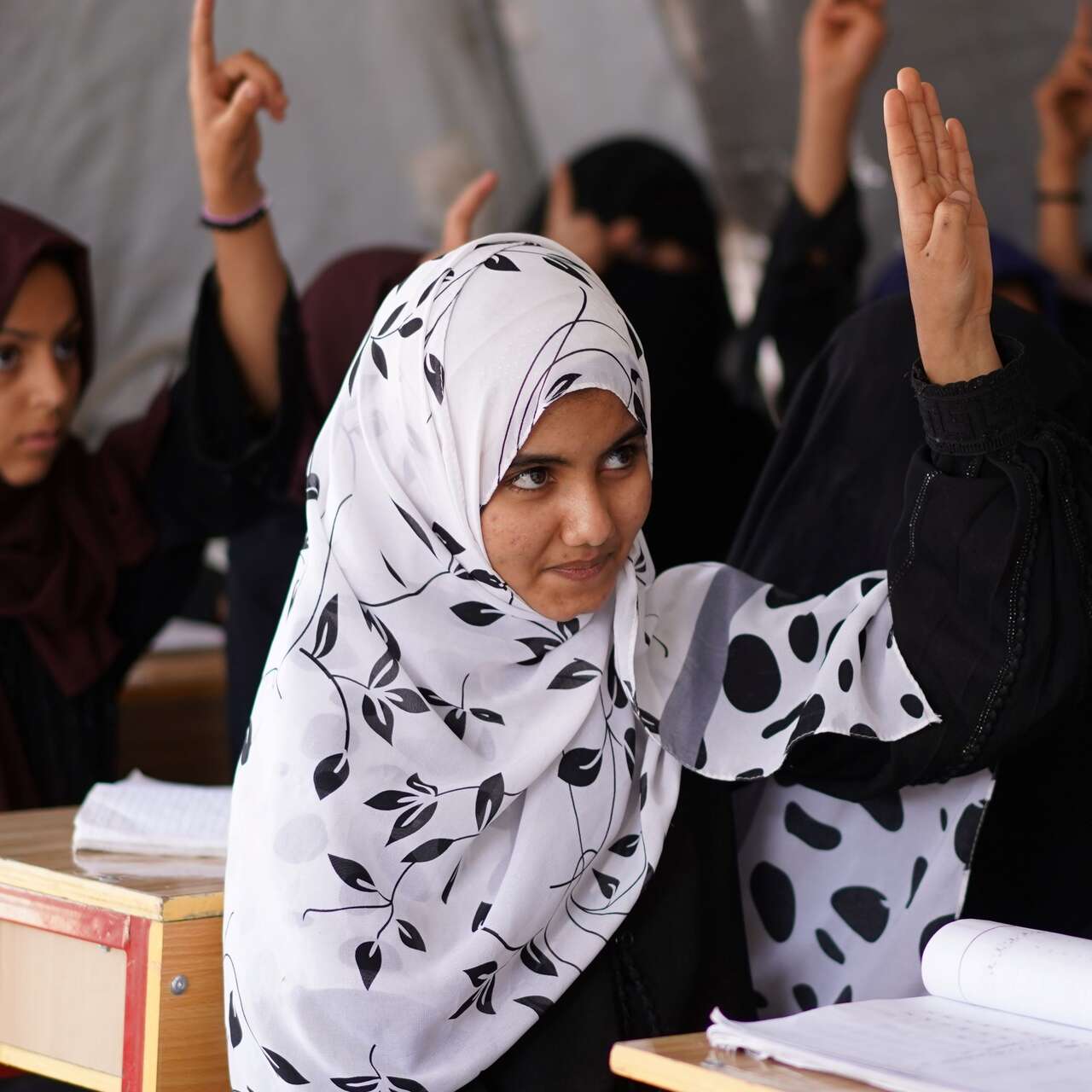If the EU truly hopes to effectively respond to the soaring scale of humanitarian need – in the coming five years and beyond – it should take steps to unlock new, innovative and much-needed sources of finance. At present, humanitarian priorities are underfunded by nearly €37.5 billion every year, yet the amount of financial assets under management in global capital markets is estimated to be $100 trillion (approximately €92 trillion).
It has been estimated that the Sustainable Development Goals financing in developing countries increased by more than 50% in 2020 reaching $3.9 trillion. Meanwhile, a global increase in public debt is preventing low- and middle-income countries’ governments from investing in the social systems and infrastructure needed to build longer-term resilience to crises. Innovative approaches to finance can catalyse some of this capital for humanitarian need.
A number of innovative approaches to financing are readily available. The EU should leverage these with the aim of catalysing tangible change in crisis contexts and advancing the 2030 Agenda – before time runs out.
The EU should:
The incoming Commission and President of the European Investment Bank take their posts at a time when Development Finance Institutions (DFI) and Multilateral Development Banks (MDB) reflect on the urgent need for reform.
- As key shareholders of some of the major multilateral development banks, together owning around one-quarter of the World Bank’s voting shares, the EU Member States should coordinate collective positions to show stronger international leadership on the issue, including on MDB reform.
The EU’s own toolbox of development finance includes grants, budget support, blending, loans, guarantees, and macro-financial assistance (MFA). But currently, a significant proportion of grant funding is allocated to countries that could potentially benefit instead from concessional loans, freeing up more funds to be deployed in the form of grants to FCAS, where loans are not appropriate.
The EU should:
- Initiate a review of the existing mix of concessional and non-concessional financing instruments. A rebalance of how and where concessional and non-concessional funding is deployed could go a long way towards delivering scale and impact in FCAS by channelling more development finance in the form of grants and soft loans to these contexts.
- The EU should prioritise NGO partnerships with MDBs to drive more sustainable, community-led solutions for fragile, frontline communities.
These have potential to unlock funding that is currently allocated towards financing the debt payments of countries that are burdened by the compounding crises of debt and climate change. Debt distressed countries are currently forced to pay high interest rates on their debts, limiting how much funding they can allocate to their citizens, to adapt for climate impacts, or to provide support for hosted refugee populations.
The EU should:
- Explore humanitarian debt swaps as part of a broader package of debt relief and restructuring mechanisms. Humanitarian debt swaps help targeted countries restructure their debts at preferable interest rates, with a portion of the savings proceeds being allocated to communities at the frontline of crisis, for climate action, food security, gender equality, and more.
- De-risk and mobilise the private sector investments in FCAS through greater use of guarantees. As a result of the creation of the European Fund for Development plus (EFSD+) under the NDICI Global Europe programme, the EU now has a significant amount of additional finance for guarantees at its disposal. The EU should engage on widening existing guarantee mechanisms to be available to support debt swap mechanisms and further incentivising the use of these guarantees in order to improve access to finance for populations in fragile contexts and the local private sector.
Doing so provides concessional financing in the form of grants and highly concessional loans to Low Income Countries (LICs) and Least Developed Countries (LDCs) that have limited access to other sources of funding due to their lack of creditworthiness and high debt. The World Bank has expanded IDA’s budget by leveraging donors’ commitments to draw resources from the market: for every dollar donors provide, IDA leverages nearly four dollars in concessional finance. IDA’s business model has allowed an increase in the overall amount available to recipient countries.
Specifically:
- EU Member States should increase their commitments for the IDA 21 replenishment that will be concluded at the end of 2024, in order to ensure that IDA is fit for purpose and can address the escalating needs in conflict-affected LDCs. In the long term, EU contributors should work towards a tripling of IDA financing by 2030, as urged by the Independent Experts Group’s recommendation to the G20.
